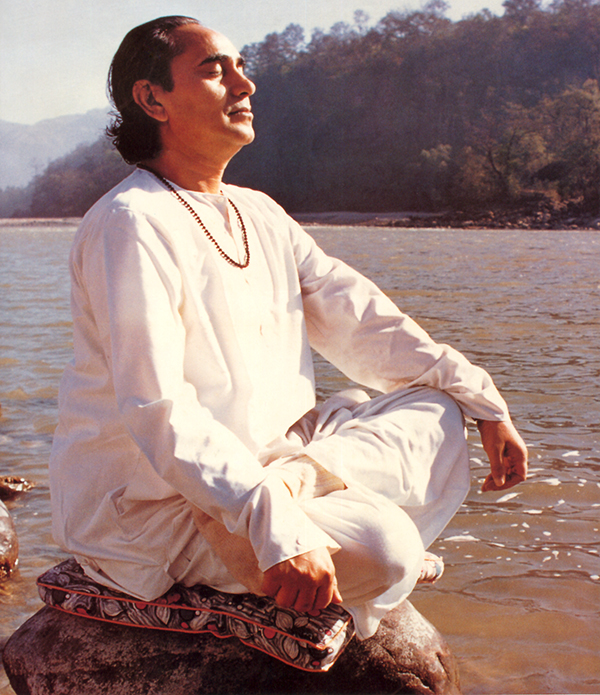Preparation
The system of yoga includes several techniques that are specifically intended to help prepare the student. These include:
1) Hatha yoga, which strengthens the body, and helps to prepare it for the increase in energy. Traditionally, hatha yoga is used in combination with purificatory processes, such as washes, which cleanse and refine the body and nervous system.
2) Pranayama (breathing practices) that allow the student to learn how to channel the pranic energy and eventually raise kundalini. Pranayama exercises also affect the balance of the nervous system and help to create a calm, quiet mind. By creating a state of mental clarity, the student is able to direct his or her mind. Generally, the mind is preoccupied with the stimulation it receives from the external world via the senses, but once this energy is focused within, the student is able to alter the mind’s scattered tendencies. The breathing exercises help the student to raise and channel energy through the central pathway, sushumna. In this manner, kundalini is drawn upwards.
3) Concentration and meditation practices that promote concentration and meditation on certain chakras. These practices also help to shift consciousness from the body and its physical functions, to an inner state. Meditation on a chakra may help to raise kundalini to that chakra.
4) Practices of higher tantra that involve physical and mental celibacy. This energy is elevated to a higher level by meditating on the union of shiva and shakti within.
5) Kundalini can also be awakened by those who raise their energy through intellectual study of the philosophical scriptures, or by those who are intensely devotional.
The Teacher’s Role
In all of these advanced practices, the guidance and supervision of an authentic and experienced teacher are necessary. Up to a certain point, the student of yoga can prepare himself or herself, but beyond that point, guidance is required. A teacher who guides as part of a lineage or tradition can help a student to systematically advance. This may take place in a series of important steps, the first of which is the students’ initiation, in which he or she receives a mantra—a word, phrase or sound—on which to concentrate.
Usually, the student is practicing several steps concurrently—for example, the student may be performing asanas and breathing practices, as well as meditating with the use of a mantra. As the student evolves and learns to become skilled at managing and being aware of increasingly fine energies, he or she may also be given other advanced practices. Eventually, these practices may lead to a step in which the teacher provides a higher initiation, helping the student to awaken kundalini and guide her upward by sharing some of the teacher’s own energy.
However, even for this to take place, the student must already have refined and purified his or her body, mind, and personality so that the student can respond to the teacher’s assistance. This higher initiation is called shaktipat, and when it occurs, the students’ consciousness is elevated to a higher level that is joyful, transcendent, and serene. This state may last for various periods of time, but the energy of kundalini usually returns to it latent state after some time, since most students cannot maintain this higher level of consciousness independently and consistently. Such an experience may transform and change his or her life, leading to an increased creativity, energy, and vitality, and inspiring the student to work systematically to raise and channel that energy.
In guiding such students, the teacher does not act on his or her own behalf, but represents a tradition of teachers and masters, who guide the progress of the prepared students.
Indications of Kundalini
There are certain valid signs and symptoms of the awakening of kundalini. These include specific sensations, movements, and sounds. A realized teacher will have no difficulty in distinguishing between the authentic signs of kundalini and the symptoms of emotional, physical, or psychological imbalance in an unprepared student. When the student experiences the union of Shiva and Shakti at the sahasrara chakra, he or she experiences the highest state of consciousness.
It is important for the student to be aware that this experience generally is attained only after prolonged study, self purification, and preparation. This includes basic practices, such as learning how to maintain a healthy body and to control mind, action, and speech. The student may observe silence and other physical and mental disciplines. When the student makes prolonged, sincere efforts, he or she raises the ascending force, and then the descending force called grace will also dawn.
It is most important that a student be steady and systematic in practicing, and not undertake rash, intense practices or indulge in emotional outbursts. Gradually and steadily the student will expand his or her capacity and such constant sincere effort brings the most rapid, consistent progress. Sloth and laziness are great obstacles on the path, for unless the student sincerely prepares, no teacher can help him or her with the final steps.
Reprinted from Dawn, Nov/Dec 1991

